One of the most annoying things your furnace can do is to constantly keep turning on and off. This on-off cycling keeps your Yardley home from heating up properly. This action – called short cycling – also requires more electricity and drives up utility bills.
Short cycling is caused by an overheated furnace, which triggers safety mechanisms and shuts down the furnace. After a brief interval and cooling down, the furnace starts up again the cycle keeps repeating itself. Not only is it an annoyance, it can also signal more serious problems. A leaking heat exchanger can cause a furnace to overheat – and produce deadly carbon monoxide gas.
If a furnace is working too hard and overheating, it is usually because of airflow in and out. Your home’s ventilation system needs to be clear of dirt, dust, and debris. The more blockage in your ductwork and vents, the more friction is created, slowing down airflow and ultimately ending with an overworked furnace that continues to cycle on and off. And a blocked exhaust vent, such as a chimney or dedicated exhaust vent, can also cause a furnace to work harder. Check for things like leaves or bird’s nests.
The blockage may also be coming from a clogged furnace filter. You should clean or replace your furnace filter after a visual inspection reveals any type of build-up of dust or dirt. Do this at least every three-six months.
If you have a two-speed fan on your furnace, it is recommended that you run the fan in low speed during the cold months and high speed in the warm months. The reason? Warm air is lighter and takes less force to move.
There are other measures to take to prevent short cycling but these usually require a professional heating and cooling service technician to correct the problem. If in doubt, call your local qualified heating and cooling contractor and schedule a furnace inspection. Don’t make your furnace work any harder than it was designed for – and keep your home’s occupants comfortable and safe.

